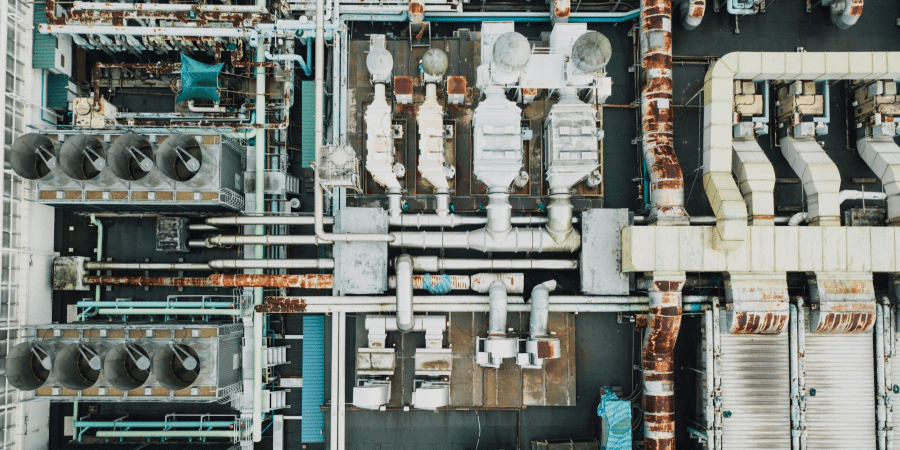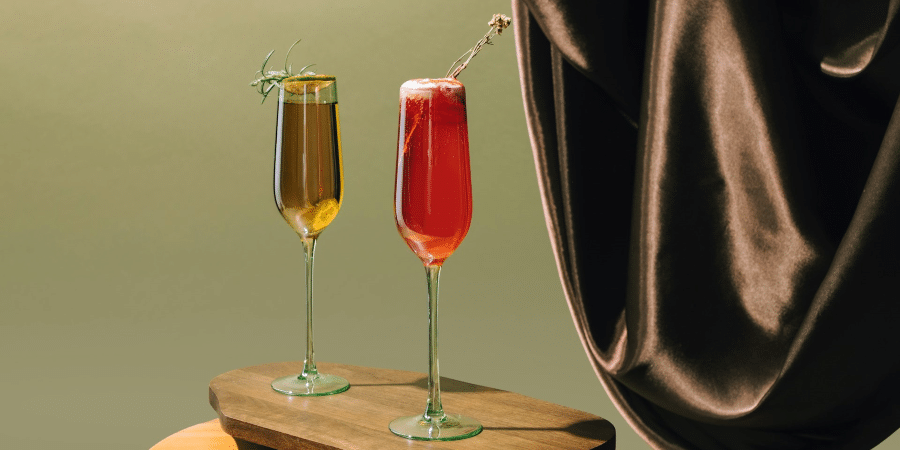Energy drinks are the main seller of an industry that is expected to reach $225 billion in sales by 2026. The United States experienced an energy drink boom, as energy drink sales reached $14 billion in 2021, which was a significant increase from $11 billion in 2017. Red Bull is the leading energy drink brand in the US according to reports from 2021, and Monster Energy came in second with nearly an equivalent market share. However, while energy drinks are booming, products that are marketed as energy shots have decreased in popularity. Sales have been decreasing steadily for several years, and 5-Hour Energy remains the market leader with 88% market share.
The shutdown during the pandemic significantly affected the energy drink industry, as the leading type of beverage sold was water, and the least favorite being energy drinks and value-added water. However, as gyms and businesses reopened, energy drink sales began to rise again. In addition, the rising popularity of ESports has allowed for many different types of energy drinks to flourish. Some of the biggest ESport teams are sponsored by energy drink brands such as GFuel, Red Bull, Monster, and Rockstar. Energy drinks are focusing on the gamer market because they are most often used by these players to boost performance and cognition while playing their “sport.”
It is important to understand the difference between energy drinks and pre-workout and the benefits that each brings to the table. Energy drinks utilize caffeine to boost energy and alertness, while pre-workout utilizes caffeine and other substances to boost energy and athletic performance specifically. Because of their similarities, many products blur the lines between energy drinks and pre-workout drinks, and many contain similar products. Performance boosting ingredients like caffeine, amino acids, and creatine may cause adverse side effects, and it is important to start with small doses to see how the body reacts to them. In addition to these potential harmful side effects, over half of the top 100 pre-workout drinks include a certain blend of ingredients that are not specified on the label of the product.
Despite these potential harmful effects, energy drinks are the most popular supplements for teens and young adults in the United States. North Americans consume more energy drinks than any other region in the world, and many younger consumers are attracted to these products because of their proven ability to improve performance, endurance, and alertness, as well as the fact that they are marketed as a “healthy” alternative to soda. The energy drink consumers are a niche group of people, but as those loyal consumers keep the industry afloat, one can expect many new developments in the products related to health, variety, and quality. New technology allows the reduction of sugars naturally found in fruit juices, meaning that these drinks that many are consuming in bulk may become more healthy and sustainable in the future. The power of energy drinks is significant for many people with different lifestyles and nutritional goals, and they may be the key to recharging, from a workout to video gaming.








